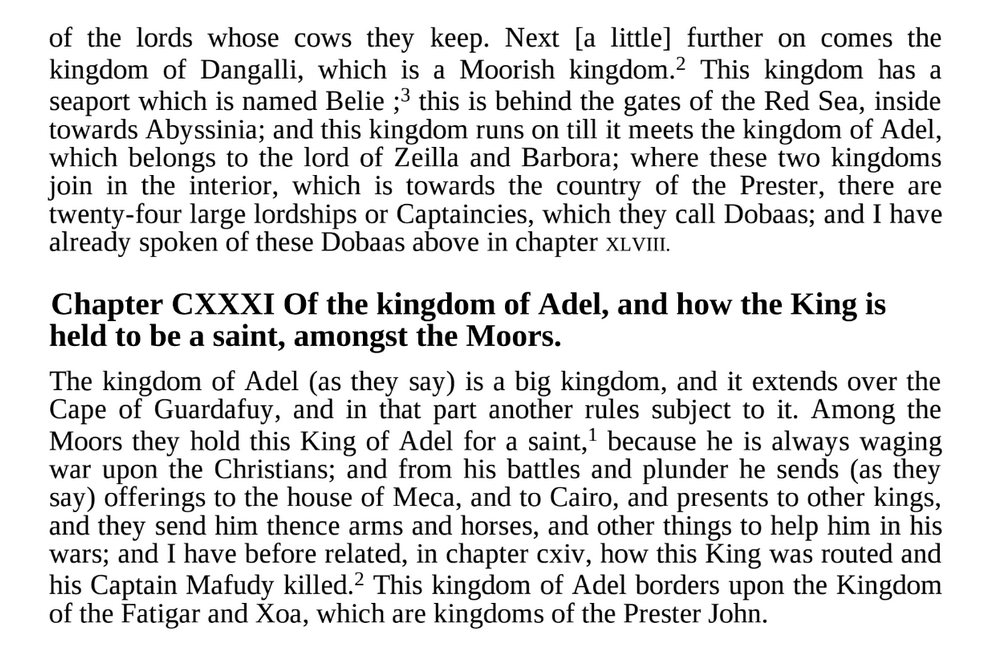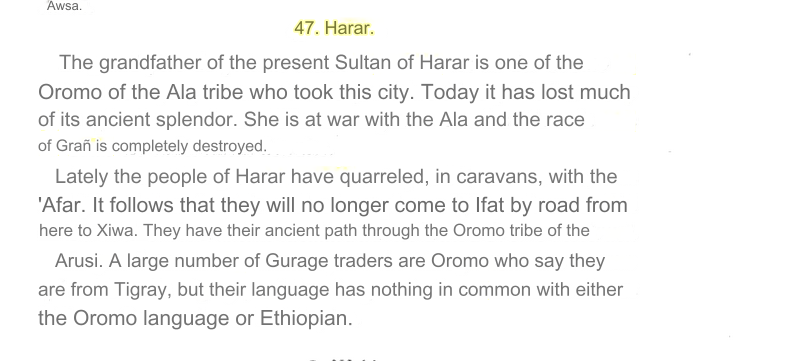Idilinaa
VIP
Yeah those videos are nice.
I'm pissed off that a big channel like that only talked about "african" though.
I haven't watched the history dose video in a while but I remember he never mentioned Somalis directly. What a shame
We are African and there was trade development with the swahili coast as well.
So he is not focusing on only Somali, which is good. Somalia or Somalis are not isolated or disconnected from the continent and other regions.

















